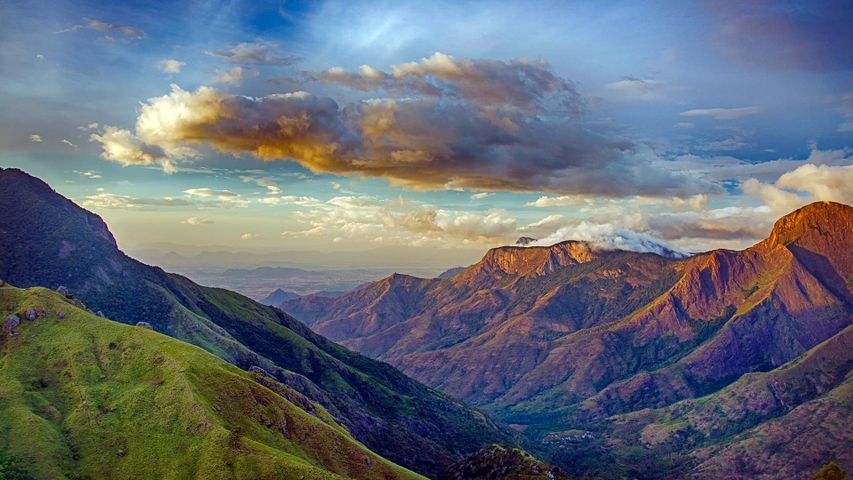Mangrove forest in the Saloum Delta National Park, Senegal
© mariusz_prusaczyk/Getty Image
Our forgotten forests. Mangrove Conservation Day
Although we think of forests as trees on the land, some of the most important trees grow in water, or more precisely marshland. Mangrove forests, like this one in Saloum Delta National Park in Senegal, are vital components of the world’s coastal ecosystems. Mangroves survive where no other trees can, in salty, low-oxygen coastal waters exposed to tides and storms. They grow up to 30 feet high primarily in tropical and subtropical regions and can store vast amounts of carbon, making them crucial to moderating our climate. Mangroves also act as nurseries for fish and aquatic life. And with their complex interwoven root system, they protect coastlines from erosion. Today we join the UN in shining a light on the necessity and fragility of mangroves. July 26 is the International Day for the Conservation of the Mangrove Ecosystem.
The Saloum Delta is part of a UNESCO World Heritage Site and a sterling example of the biodiversity of marshlands. These shallow, brackish channels contain about 200 islands and islets and support all kinds of marine life and birds. Dolphins and caimans swim in its creeks. Monkeys, warthogs, buffaloes, rhinos, and giraffes roam the savanna farther inland. The park biosphere includes salt flats, estuaries, and of course mangrove forests. Humans have also long inhabited this delta, fishing its waters and cultivating shellfish from giant mounds. For as long as 2,500 years, people have flourished off the bounty of this delta, a bounty made possible by the sturdy mangrove, the bedrock for these marshes, and the keepers of our coastlines.
Related Images
Bing Today Images



 Marshland, Gloucester, Massachusetts
Marshland, Gloucester, Massachusetts
 Oil lamps on the occasion of Diwali
Oil lamps on the occasion of Diwali
 Aerial view of the Grotta della Poesia (Poetry's Cave) near Roca, Lecce, Italy
Aerial view of the Grotta della Poesia (Poetry's Cave) near Roca, Lecce, Italy
 Detail of an ostrich fern in spring, Washington state
Detail of an ostrich fern in spring, Washington state
 Bletchley Park bombe code cracking decryption machine, United Kingdom
Bletchley Park bombe code cracking decryption machine, United Kingdom


